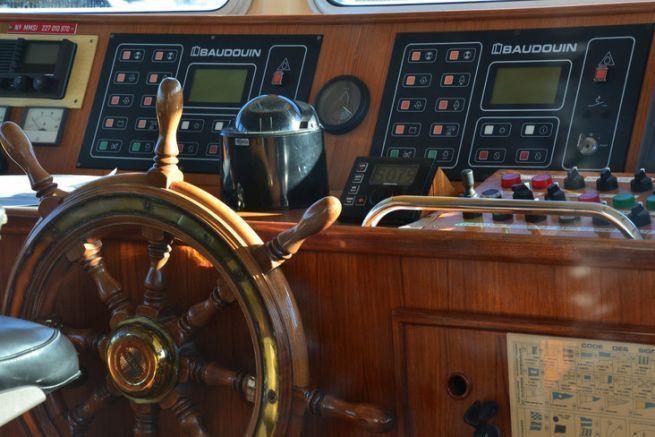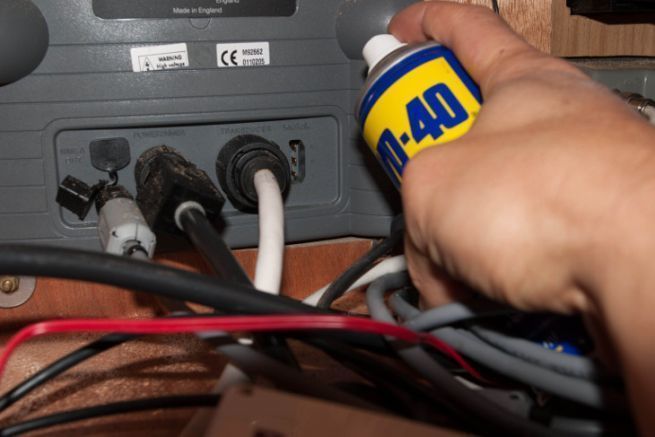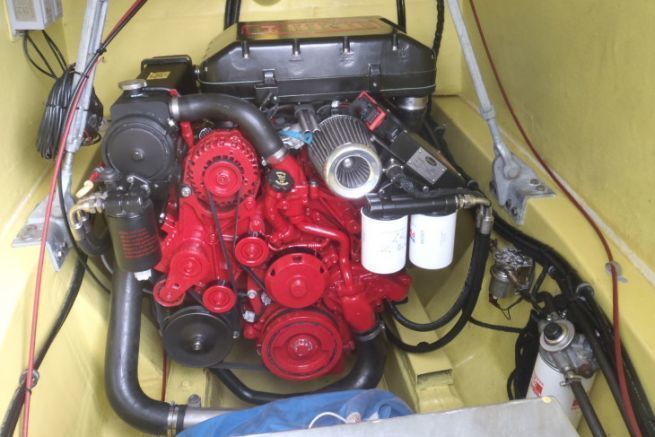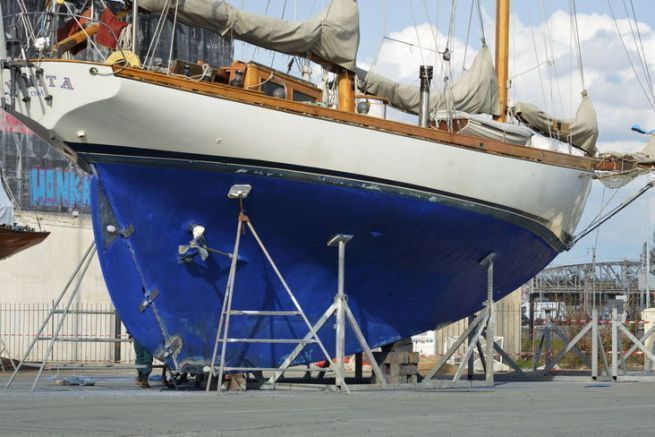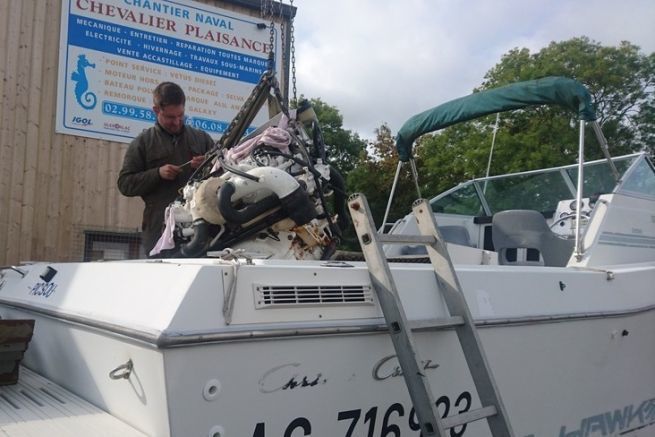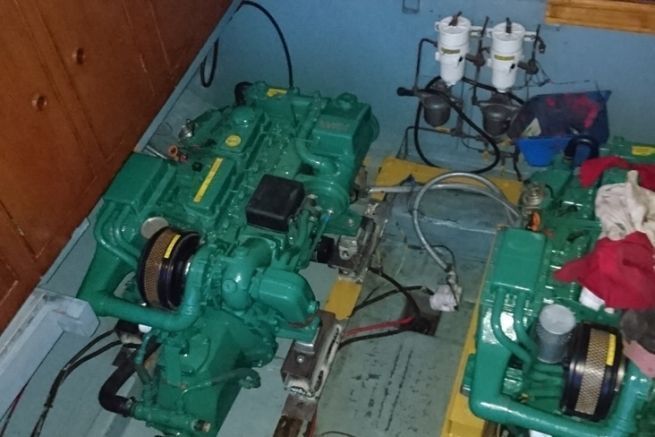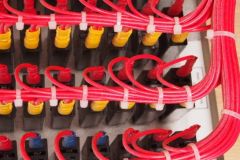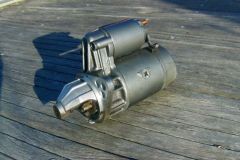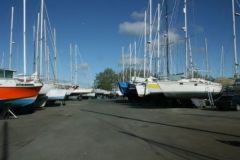Electrical energy, regardless of its intensity, is present in many parts of our boats. In the masts for navigation lights, in the holds for pumps or to supply comfort equipment, there are several hundred meters of electrical cables running through them. We often neglect them, even though nearly two thirds of fires on board a boat start from electrical causes.
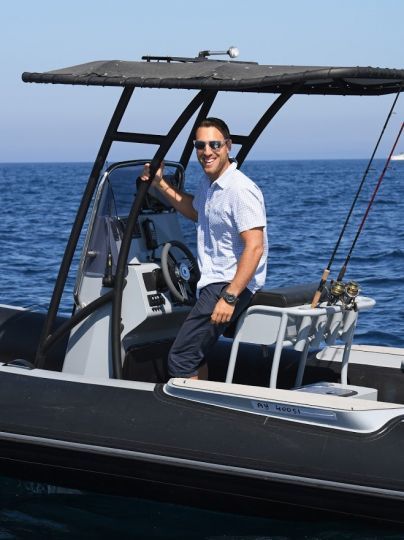
Olivier Carayon was kind enough to guide us on the best practices for winterizing an electrical installation. He is the electrical product manager for VDM Reya, importer of many of the electrical energy management systems on our side.
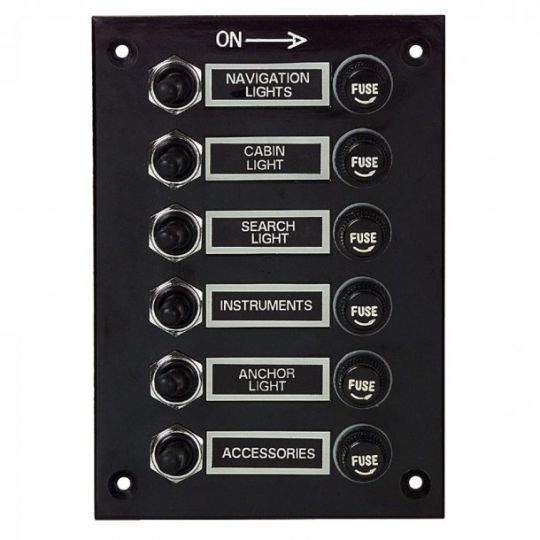
" By default ", begins Olivier " we shut down everything except the alarms, pumps and any monitoring systems" . This is a basic precaution, but it is prudent to remember that during the winter, nothing that is not essential to the life of the boat should remain powered.
" Think about invisible consumers. An NMEA 2000 backbone, a trunk light or a battery charge indicator do not consume any impacting energy in season. If they remain powered for several months and the power source is not recharged, they are unnecessarily pumping the battery ".
" The easiest way to do this is to make an inventory of everything that consumes electricity on board the boat. From the anchor light to the needle of the load voltmeter, knowing each consumer means planning to put it out of service "he continues.
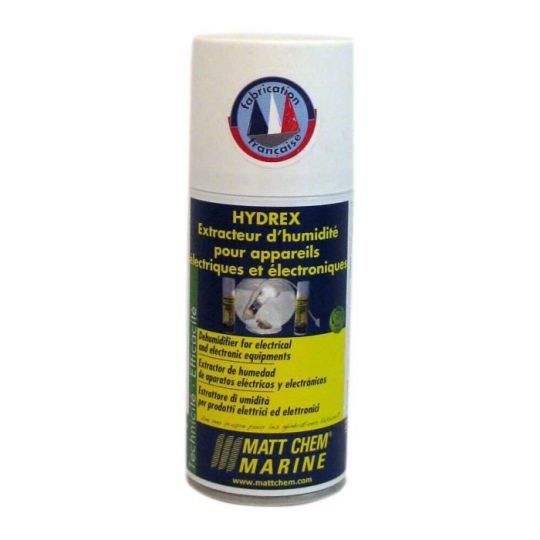
Check the condition of the installation
Interrupting the power supplies allows us to review fuses, power cables and other terminal strips. Olivier alerts us: " Check each fuse and each connection. Of course, there are no dominoes on board, only crimped connections made waterproof by heat-shrink tubing. If a connection, a fuse or a cable is blackened, it means that it has heated up. In this case, not only should it be replaced, but the cause of the overheating should also be investigated. If you don't do it when the boat is dry, you're sure to have to do it one day on the water. Or worse, when the boat starts to catch fire. "
" An electrical circuit must never be allowed to heat up, whether it is a junction box or a fuse, a safety margin must remain in the cable cross-sections and the power of the switches. "concludes the expert.
What to do with smartswitches?
Intelligent energy management systems - smartswitch - appeared a few years ago on our installations. Their usefulness is real. They know how to unload the least useful equipment as the battery is discharged, keeping only the vital parts for the boat, starting and safety.
In winter, a different approach is needed, as Olivier explains: " The switch should be left on to maintain its configuration. But you should not rely on it, during wintering, to manage the power. There are basically only 2 or 3 elements that need to remain powered during the winter, the bilge pumps, the alarm and any video protection. These elements will be connected directly to the battery, bypassing this smartswitch because none of these elements is more or less important than the others. "
Ideally, connect the boat to a shore power outlet
" In winter, you should try to use the onboard batteries as little as possible. In order of preference, we will go from the shore power supply - which allows the boat to be supplied with 220 volts - to the service battery - which may not be able to withstand a deep discharge, depending on the case - via the solar panels or a sacrificial battery. It is essential, in any case, to come and check the charge - and top it up if necessary - at least once a month, to make sure that all the safety devices will remain operational. "
Acquiring certain reflexes is also useful, as the product manager reminds us. " After a heavy rain or storm, because the bilge pump will certainly have worked, taking a look at the batteries will prevent the next rainfall. "A wise precaution!
Do not leave a charger plugged in all season
" Store as many batteries as possible. The advantage of keeping your batteries warm at home is that you can charge them regularly "adds Olivier.
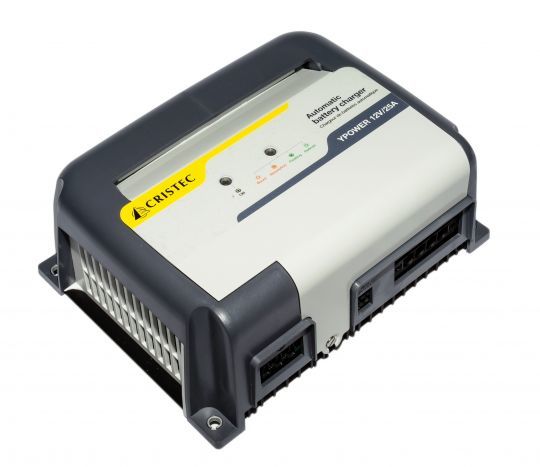
" Be careful not to leave the charger permanently connected to the batteries. It will eventually make them lazy and less efficient. The best thing to do is to recharge them about once a month, with a specific marine charger, such as Cristec or Dolphin, which are well-known French brands. A battery loses 5% of its capacity per month without use, so you should think about compensating for this loss of self-discharge. "
" The battery that remains on board the boat does not need to be a specific marine model. A classic car battery will do and will cost less. It can be used as a secondary battery during the season, but not as a starter battery of course "he adds, before continuing " But the ideal is to have a set of winter drums, so as not to mix the genres. "
Solar panel in addition
Solar panels are getting cheaper and offer interesting performances, why not use them?
Olivier explains: " Having a few solar panels on the boat is interesting as long as they can be cleaned from time to time. Solar panels soiled by droppings or the environment represent an illusory security. To make them work properly, install a regulator on the battery charging circuit. "
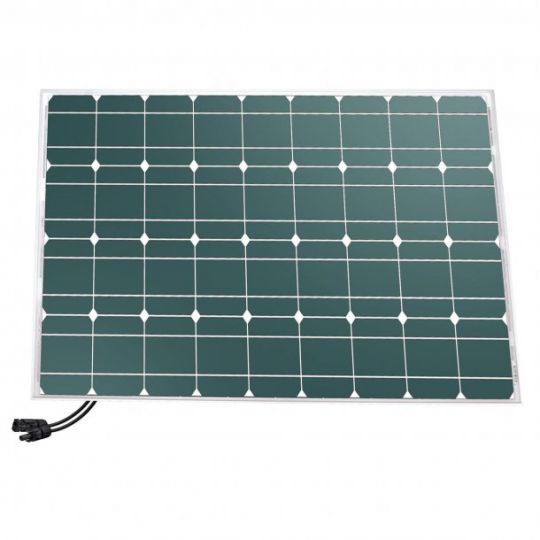
The legend of the action of the cold on the accumulators
Legend has it that a battery that is exposed to the cold loses its power permanently. What is the truth of this?
Olivier explains: " In fact, a battery only becomes less powerful when it is cold. When it returns to normal room temperature, it will be able to deliver its full power again. This is especially true with lithium batteries. They lose 90% of their power at temperatures below 5°C! ."
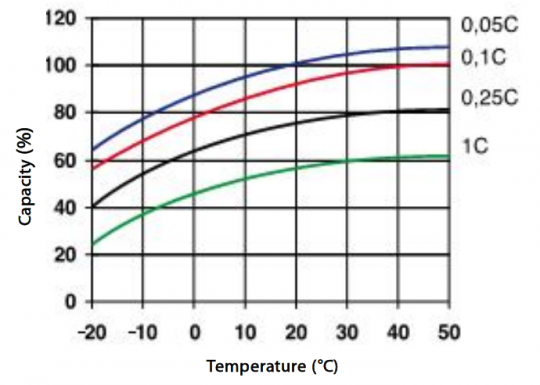
Check the condition of the battery terminals
As the first connection element, battery terminals are often poorly maintained. " The grease that covers them too often mixes with dust and iron filings, until it creates a dielectric that affects performance. The maintenance of these lugs is ordinary, a stroke of wire brush and a spray of anti-humidity such as hydrex are enough to keep them in good condition ."
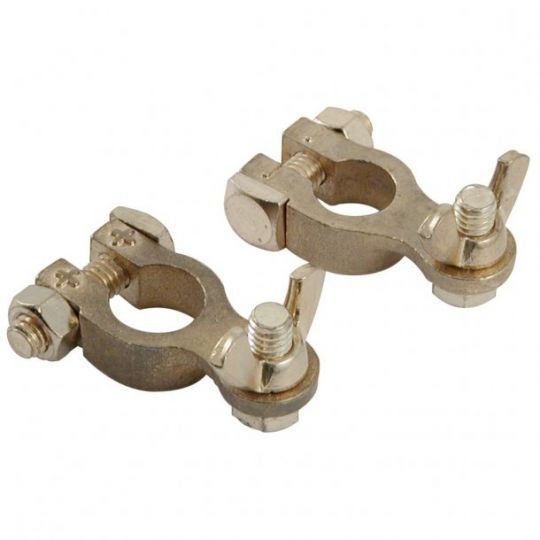
Electric motors, no specific winterization
The last electric element to be winterized is the electric motor. These engines are more and more present on our boats, from small powers for dinghies to motorboats.
Olivier Carayon explains: " Advantage, no fluid on these engines. No oil change or coolant needed. The only thing to winterize is the battery. If the engine is transportable, storing it at home, warm and dry, will prevent theft. Otherwise, remove the battery from the engine and keep it high to prevent it from soaking in water all winter. A regular charge to keep the batteries in good condition. The electric motor is the joy of wintering! "


